What Do Wrist Wraps Do?
Author:
Reviewed by:
(21 years of Oly Lifting experience)
Unlock your full potential by engaging with our experts and community! Have questions about your fitness journey or looking for expert advice on weightlifting techniques? Don’t hesitate — leave a comment below and Jacek Szymanowski will provide a personalized answer and insights to help you reach your goals.
Torokhtiy is reader-supported. Some links are affiliate links, and we may earn a commission at no extra cost to you. See our disclosure page for details.
You need to stay healthy to hit big weights. Keeping your joints healthy prevents losing progress and getting hurt.
Today, I want to talk about wrist wraps and the big question: what do wrist wraps do? How can they help your weightlifting?
We’ll talk about wrist wraps for weightlifting, fitness, and weight training – and what to look for!
Wrist wraps are a type of training equipment used in weightlifting to support the wrists and reduce compression forces. They’re typically there to brace the wrist, contribute added stability, and keep the softer tissues from compressing under load.
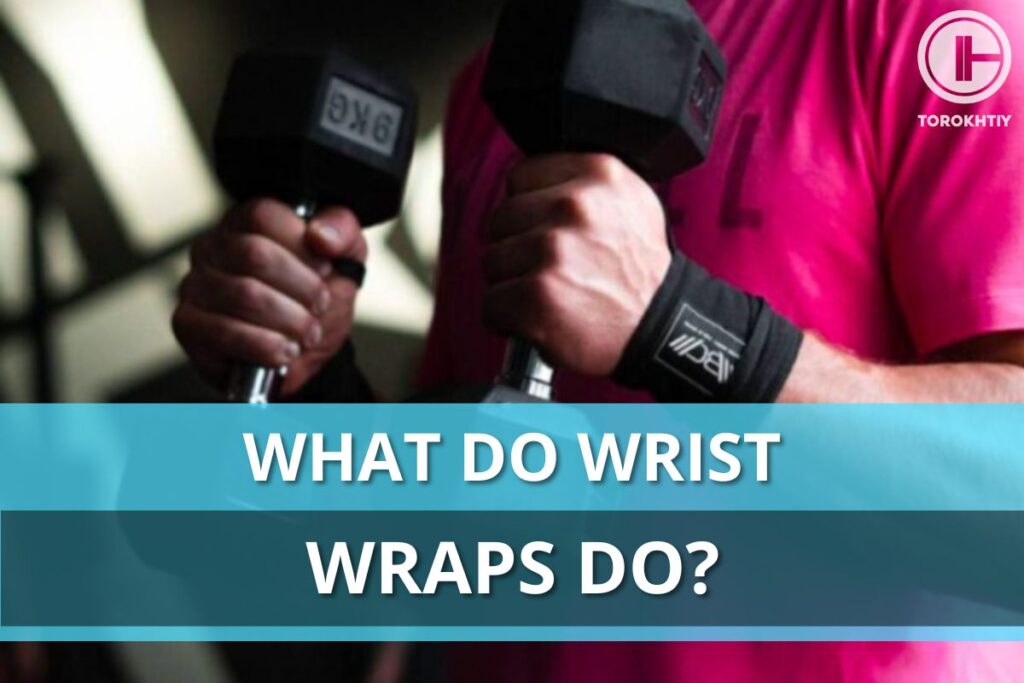
What Are Wrist Wraps?
Wrist wraps support the wrist and hand during heavy lifting – especially for weightlifters and powerlifters.
Wrist wraps offer strength, stability, and confidence in heavy lifts. They’re also some of the cheapest gym equipment and come in every variety: from cheap to expensive, from Olympian quality to ‘falling apart immediately’.
What Are Wrist Wraps Used For?
Wrist wraps are used to provide compression around the wrist, providing strength and support for the joint. It prevents the soft tissues expanding, keeps your wrist in good alignment, and prevents closing joint space (which can cause injury).
This keeps your wrist strong and stable during heavy overhead lifts or bench press, for example. It just helps you keep your wrists safe and healthy with high volume exercise and can improve technique in some exercises.
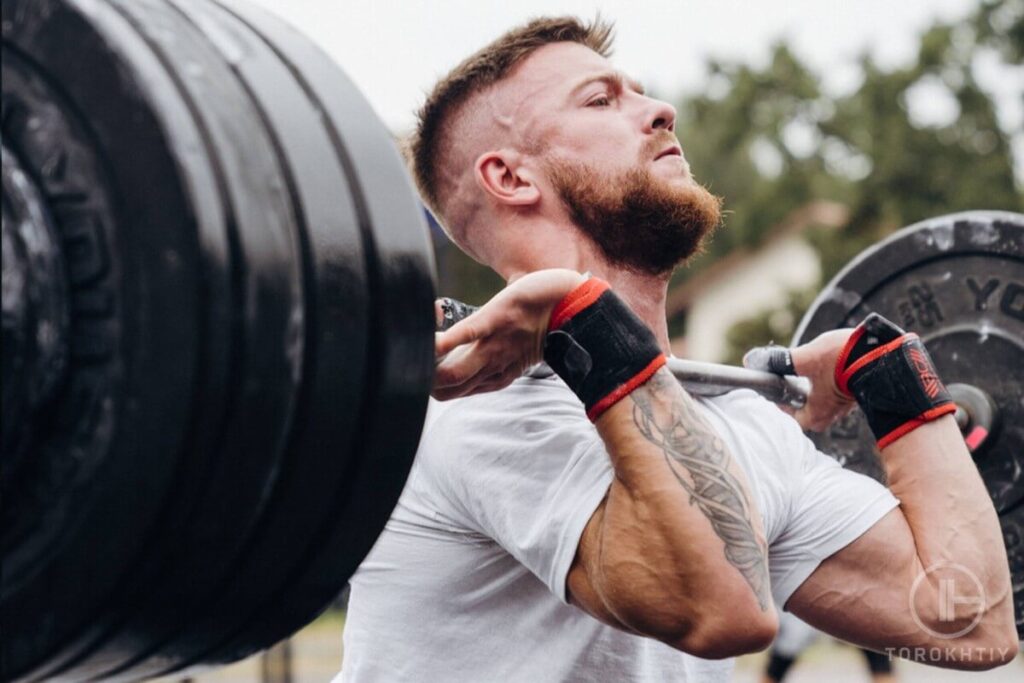
3 Wrist Wrap Benefits
There are 3 main benefits of wrist wraps: supporting the wrist to reduce stress, aligning the forearm and hand, and maintaining good positions during heavy exercises.
I want to look at each one in just a little detail so you can see why it’s an important way to improve your training and technique.
✅ Supporting The Wrist
By providing basic support and counter-pressure, wrist wraps keep your wrist joint safe. They reduce excessive compression and keep your wrist in a healthy position – preventing too much flexion or extension.
I like to use wrist wraps with some athletes for heavy Olympic lifting like snatch or jerk, where the wrists absorb a lot of the momentum from the barbell.
This compression force can close the important joint space between thew small bones of the wrist and cause unwanted friction. It can also cause accelerated wear and tear of the connective tissues around the wrist, which are often the subject of overuse or repetitive strain injuries.
✅ Aligning Across The Wrist Joint
Aligning the wrist and forearm in a straight line is one of the important ways that wrist wraps help you stay healthy.
They can maintain proper wrist position – aligning the bones and connective tissues properly – to reduce the undue stress of poor wrist position during heavy lifting. This is a small but potent factor in the way that we train and contributes to injury over long periods of time.
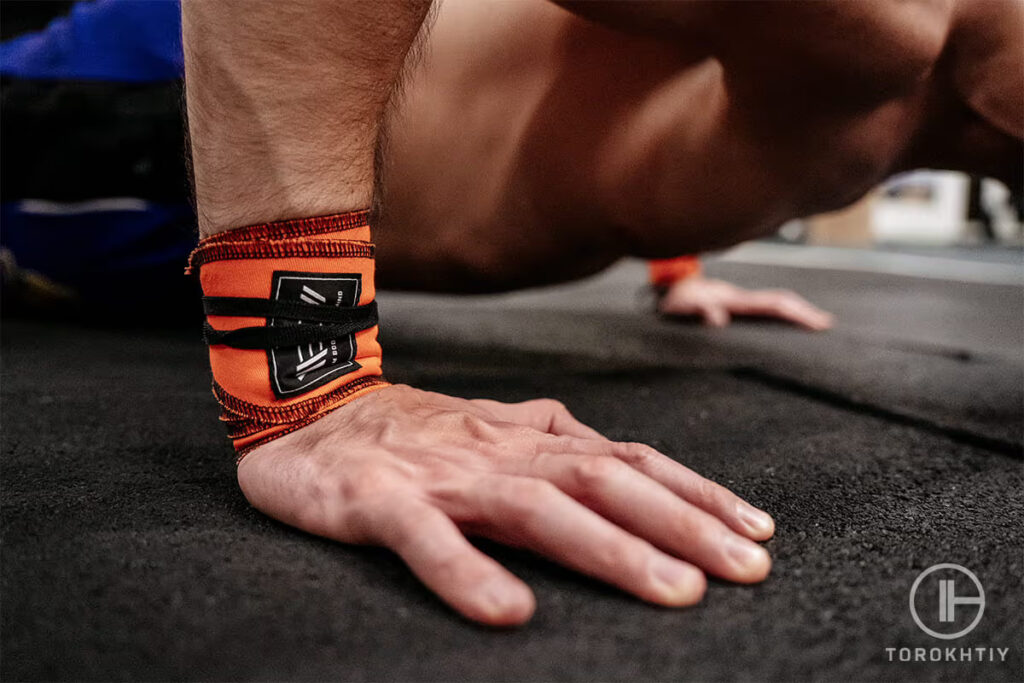
You can reduce risk while building strength in the joints and – for beginners – it can prevent dangerous positions while you build better technique.
✅ Helping Maintain Proper Wrist Position
Wrist wraps also prevent unwanted wrist flexion and extension so that the body compensates in the right places.
I believe good wrist and hand position is the key to improving front rack for cleans and front squats. It is also perfect for maintaining good positions in the jerk and push press. This is why I often have athletes use wraps for front squats and other exercises: the front rack is a foundation.
By reducing the extension of the wrist, wraps can shift the demand into proper elbow positioning and shoulder rotation. This helps you to get the bar in the proper position on the shoulders, which helps your weightlifting performance.
You should only use wrist wraps in an exercise if you have the proper shoulder and wrist mobility to do so safely. Wrist wraps are not a tool to ignore bad mobility or weak wrists. Develop good strength and control as well as using wrist wraps!
Do Wrist Wraps Help Wrist Pain?
Wrist wraps can help with wrist pain in the long term when they’re used to prevent excessive compression on the wrists or hyperextended position. They should not be your only adjustment to training, however.
You still need to build stronger forearms, reduce the stress on your wrists with bad positions in exercise, and solve the cause of the pain. This can also apply to other exercises like the bench press.
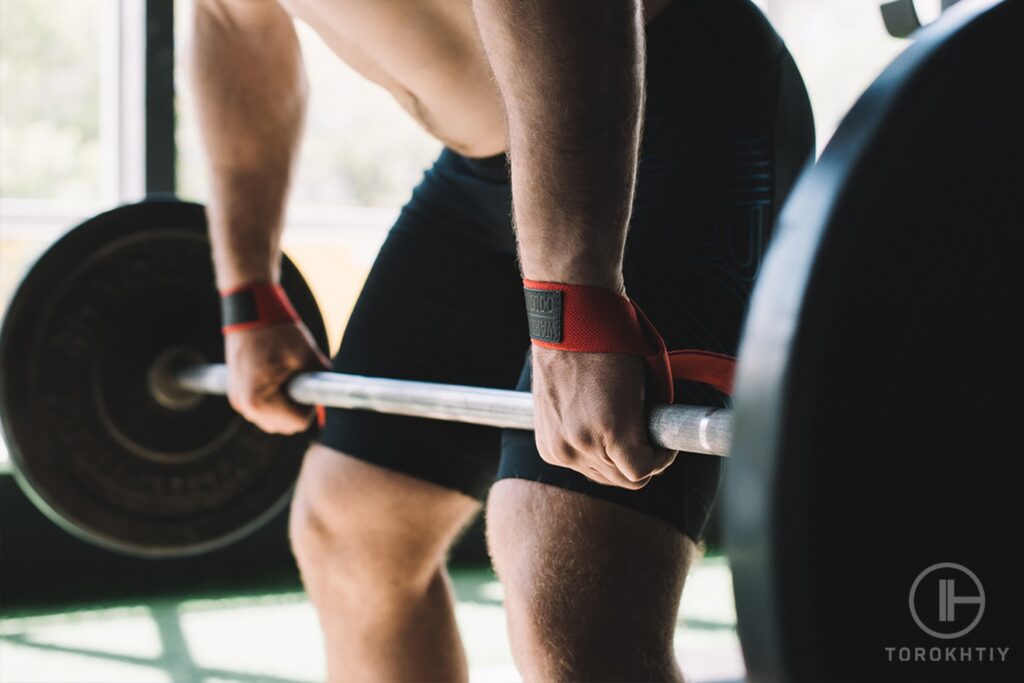
Do Wrist Wraps Help Bench Press?
Yes, wrist wraps can help bench press by keeping the hand, forearm, and elbow in good alignment but mainly by reducing strain on your wrists when lifting really heavy. This can help you build more strength in the chest and shoulders, as well as the triceps.
This builds a better pressing position to prevent stress and isolate the right muscles – helping you get stronger over time.
The Best Wrist Wraps for Weightlifting: My Recommendations
I have trained for decades and I know that some equipment can break – and it is not worth the money. Good wrist wraps are a long-term saving when you don’t have to keep buying replacements.
These are the wrist wraps I have designed – and why they have certain key features. They’re perfect for weightlifting, powerlifting, fitness, and even bodybuilding or normal strength training.
Warm Body Cold Mind wrist wraps
These are the Warm Body Cold Mind wrist wraps for more stability in the joint and better control on the intensity of the wrap. The material is thinner than in some other wraps to provide more range of motion in the wrist.
To make sure they are still secure, we use a tie so that you can customise the tightness around the wrist.
These are perfect wrist wraps for weightlifting and fitness, where you can easily tighten or loosen the wraps to suit your needs. This lets you move through long ranges in gymnastic exercises for fitness, for example.
The materials and quality are great, and won’t degrade like low-quality Velcro wrist wraps. They’re very versatile but the material is non-stretch. This may be different to what you’re used to with nylon wraps.
Warm Body Cold Mind Velcro Wraps
The Warm Body Cold Mind Velcro wrist wraps are constructed from heavy duty cotton in canvas webbing with reinforced stretching. This provides a heavy-duty, stiff option that can be wrapped around the wrist to provide strong support at a level that suits you.
The canvas material is very stiff but the actual intensity of the wrap depends on the tightness, which is very predictable because there’s no stretch. These wraps are available in both 12- and 18-inch patterns to give you more or less stability based on your needs and sport.
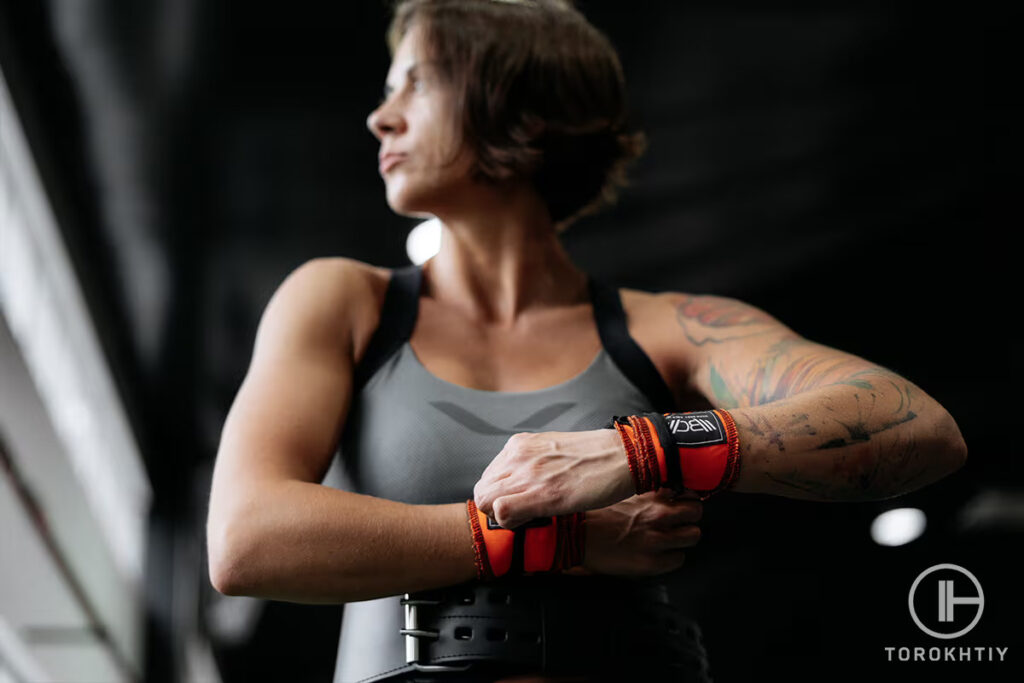
This is perfect for weightlifting, powerlifting, and heavy lifts in fitness. They were designed by Olympic, World, and European weightlifting champion Oleksiy Torokhtiy and are designed for the heaviest lifts.
These are strong wraps for strong people, built for experienced lifters. You know you’re getting world-class quality!
Weightlifting Wrist Wraps: FAQ
Weightlifting wrist wraps are a confusing market – which styles do you use? What should you look for? These common questions are important to get an idea of what to look for, what to avoid, and when to use wrist wraps for heavy weightlifting.
Do Wrist Wraps Work?
Yes – wrist wraps provide effective support of the wrist to keep you healthy and let you focus on lifting weight with good technique. They work for health, for performance, and all kinds of strength training and weightlifting goals.
I like them for regular use, but they’re not always necessary, and they can only support good training – they’re not a replacement for grip strength or technique.
At What Weights Should You Use Wrist Wraps?
You can use wrist wraps at any weight – but typically they’re used for heavy lifts. Consider 85% of your 1RM or more to be ‘heavy’ as these produce the most compression.
You can use wrist wraps any time you want the support or comfort. If your wrists hurt without wraps, you may want to see a physical therapist. They’re not there just to help you ignore weakness or pain!
Do Wrist Wraps Weaken Your Wrists?
Possible, but only when used incorrectly. You need to train your grip and forearms as well. Using wraps to reduce stress that otherwise would be sufficient to produce strength adaptations in your arms can potentially weaken your grip. Use it or lose it – you need to use your grip. Wraps are there to support not to replace your strength.
Just like you don’t always lift with belt or knee wraps you should not lift always with wraps – there is time and place for everything. You still need to use the muscles of the forearm and other areas to keep the barbell or dumbbell in the right positionwhenever you can without support.
Proper alignment is the heel of the palm under the bar, wrists mostly neutral, and a firm grip on the weight.
When Should I Use Wrist Wraps?
Should? No. You can use wrist wraps for heavy exercises that compress the wrists, or to support better wrist position in exercises like the clean.
They are best for pressing or pushing exercises. This also means snatches and jerks, where the bar is pressing directly down on the wrist.
Do Wrist Wraps Help You Lift More Weight?
It depends – they can help you lift more, let’s say indirectly but they won’t give you extra strength. They may help you use your strength more efficiently by reducing some discomfort and providing extra stability etc.
They provide the confidence that helps lift more weight, but do not assist with lifting. They can support your wrist position to help better technique, but this is still using your own muscles.
Should You Wear Wrist Wraps While Lifting?
You may wear wrist wraps while lifting in exercises that compress the wrist. This means anything that tries to squish the wrist together, which is where the risk of injury wrist is high.
This is one of the ways that you can improve the health and stability of the wrists, giving you one less thing to think about during the exercise. This is particularly useful in exercises like the bench press and military press.
Do Wrist Wraps Increase Bench?
Wrist wraps don’t increase the amount of weight you can bench but they can be helpful for learning how to bench more effectively.
They reduce the amount of wrist extension that you perform, which may lead to better biomechanics while benching.
The improved confidence can be very powerful, like in the weightlifting belt, you will feel more secure and stable, which is important for lifting well.
Can You Use Wrist Wraps For Fitness?
You can use wrist wraps for fitness but you may want to use lighter wraps that compress the wrist less.
While reducing the flexion and extension of the wrist (what wrist wraps are for) is useful for lifting, it can be a problem in complex fitness exercises like the false grip used in good gymnastic ring exercises.
Using lighter wrist wraps with more, thinner material can give you more control over the location and intensity of compression. Thin fabric wraps are perfect for fitness while the thicker materials may be too tight and stiff for free movement.
Why Do Weightlifters Use Wrist Wraps?
Weightlifters use wrist wraps to keep their wrists stable and safe during heavy lifts. This helps keep the wrist in a healthy position during heavy lifts, and supports the soft tissues with a ‘wall’ to prevent too much outward expansion. The amount of reps weightlifters perform on a weekly basis is really impressive but results in a high mileage and puts a serious stress on their wrist joints.
The result? A healthier and happier wrist that feels more stable and strong under heavy weights.
Conclusion
So, what are wrist wraps used for? In short, wrist wraps keep the wrists of weightlifters and strength trainees healthy and improve their technique. They’re also cheap, even for high quality products, and are a great investment to keep you safe when your wrists are at the most risk.
Choose quality so you know you’ve got the best support when you need it most!
Also read:
- Best Lifting Straps
- How to Use Lifting Straps
- Best Figure 8 Lifting Straps
- Lifting Hooks vs Straps
- Lifting Grips vs Straps
- Wrist Wraps vs Wrist Straps
- Leather vs Nylon vs Cotton Lifting Straps
- Best Wrist Wraps For Powerlifting
- Bench Press Wrist Pain
- Ring Dips Functional Fitness
References:
- Is Lifting Weights Causing Your Wrist Pain? // The Hand and Wrist Institute:
https://handandwristinstitute.com/is-lifting-weights-causing-your-wrist-pain/ - Photos by Torokhtiy Media Team.
Why Trust Us?
With over 20 years in Olympic weightlifting, strength training, nutrition coaching, and general fitness our team does its best to provide the audience with ultimate support and meet the needs and requirements of advanced athletes and professional lifters, as well as people who strive to open new opportunities and develop their physical capabilities with us.
By trusting the recommendations of our certified experts in coaching, nutrition, and sports training programming, as well as scientific consultants, and physiotherapists, we provide you with thorough, well-considered, and scientifically proven content. All the information given in the articles concerning workout programming, separate exercises, and athletic performance, in general, is based on verified data.
The product testing process is described in more detail here.
Author: Jacek Szymanowski
Certified Nutritionist,
M.Sc.Eng. Biotechnology
Performance Architect,
Strength and Conditioning Specialist
With over 30 years of fighting experience, specialization in nutrition coaching for athletes, and expertise in metabolic health and dietary strategies, Jacek offers a comprehensive approach to optimizing your performance and well-being. Backed by a Master of Science degree in Biotechnology, Jacek remains at the forefront of scientific advancements, ensuring that his coaching is always evidence-based and up-to-date.
Reviewed by: Oleksiy Torokhtiy
Olympic Weightlifting Champion
Best Results: Snatch – 200 kg,
C&J – 240 kg
Oleksiy Torokhtiy is a professional athlete boasting 20 years of experience in Olympic weightlifting. With multiple European and World titles under his belt, he has showcased his prowess in two Olympic Games (Beijing 2008 and London 2012). Upon concluding his illustrious career, Oleksiy dedicated himself to coaching. By 2022, he had conducted over 200 weightlifting seminars worldwide. He is the visionary behind an international sportswear and accessories brand known for its motto, “Warm Body Cold Mind.” Additionally, he is an esteemed author and the creator of a series of training programs and eBooks.




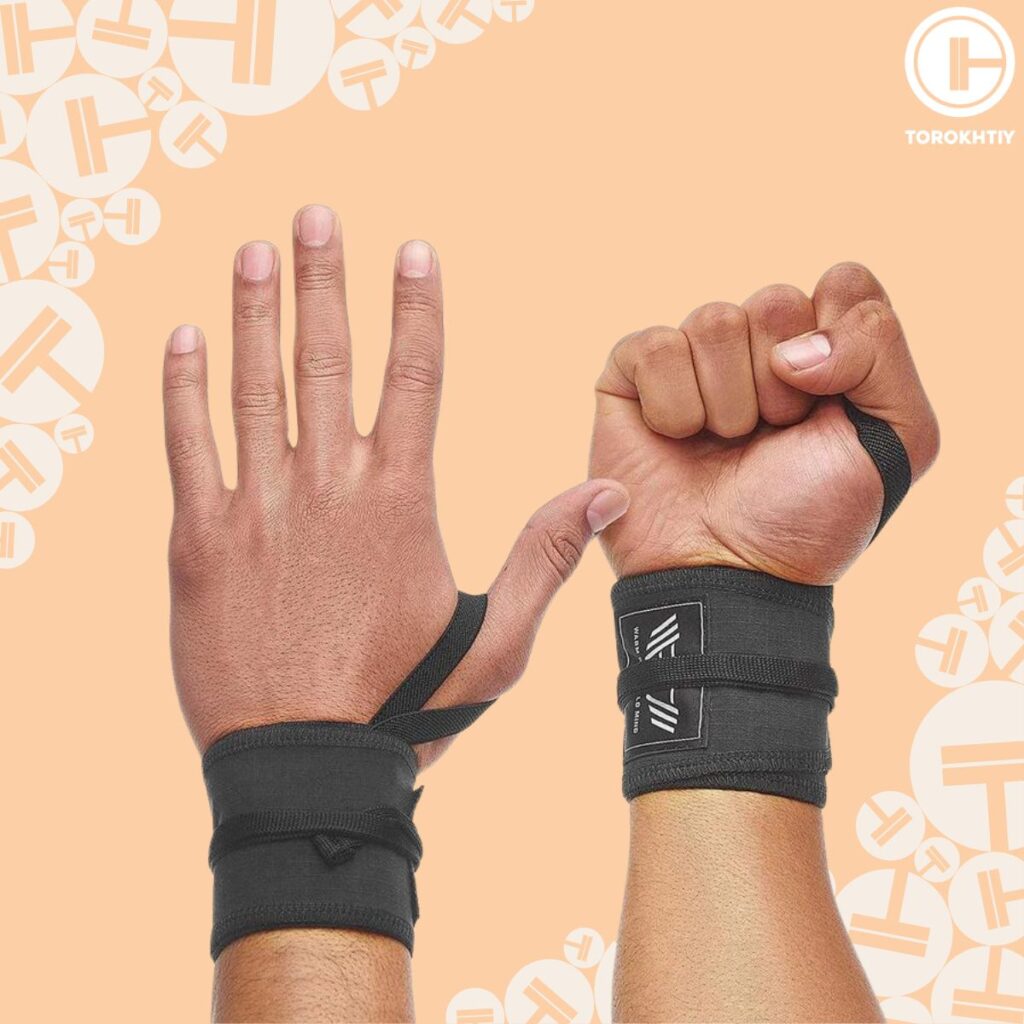
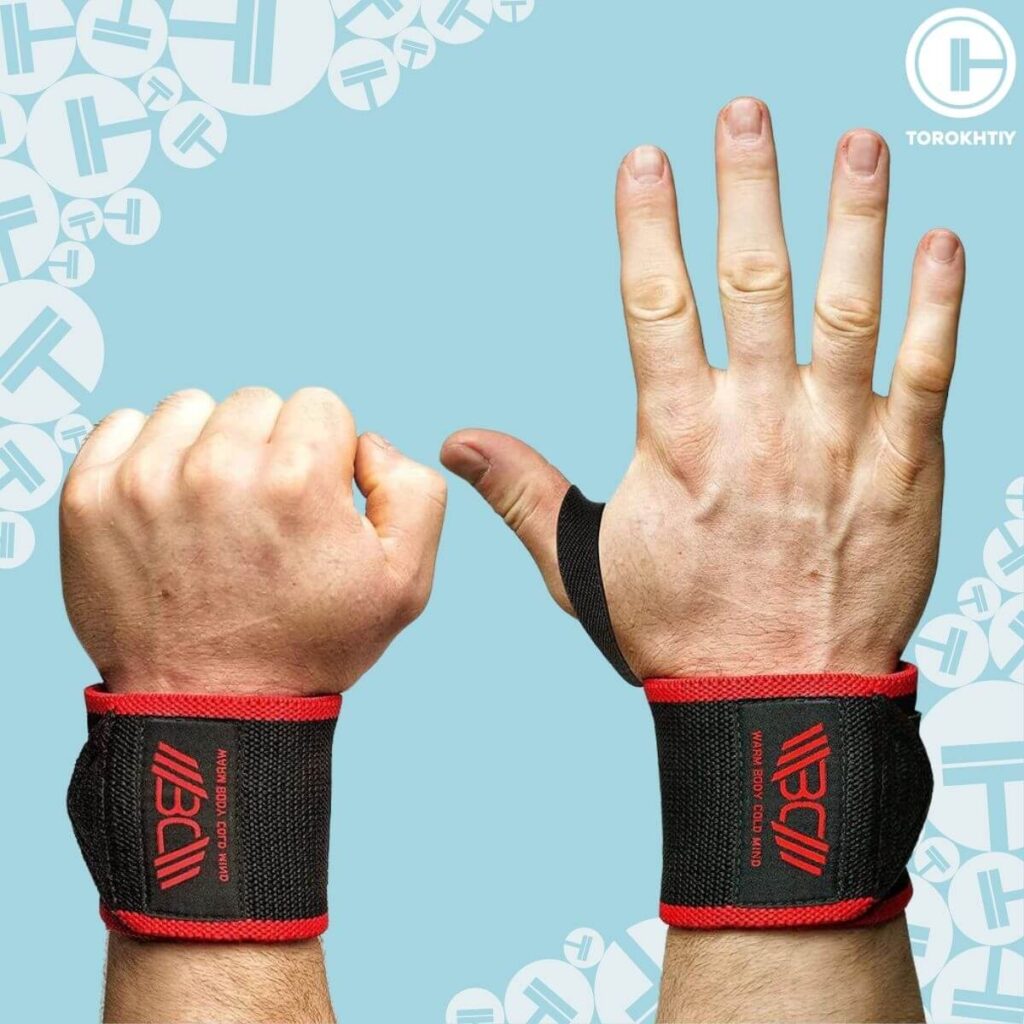
Still have questions after reading our article? Unlock your full potential by engaging with our experts and community! Don’t hesitate — leave a comment below and Jacek Szymanowski will provide a personalized answer and insights to help you reach your goals.